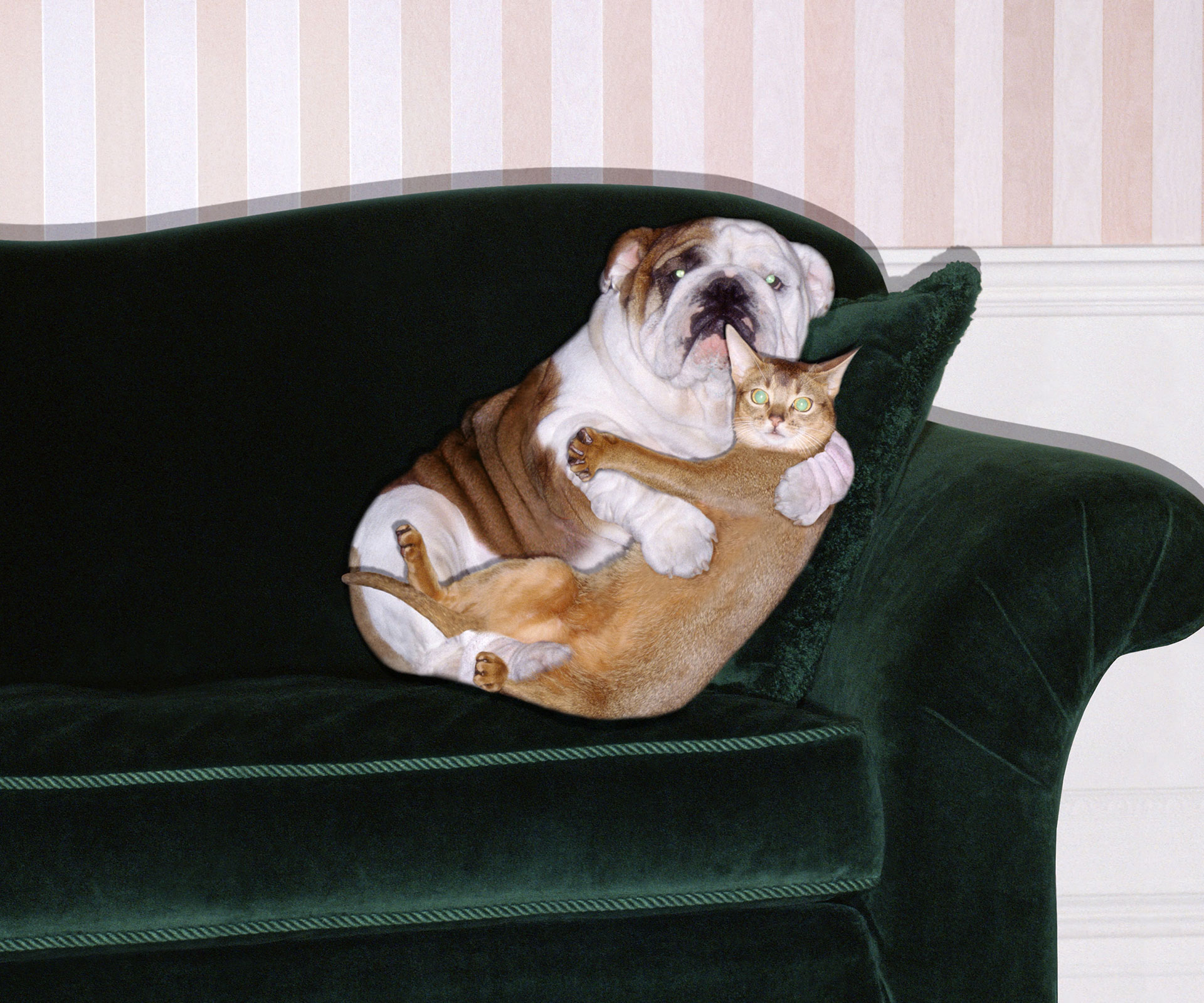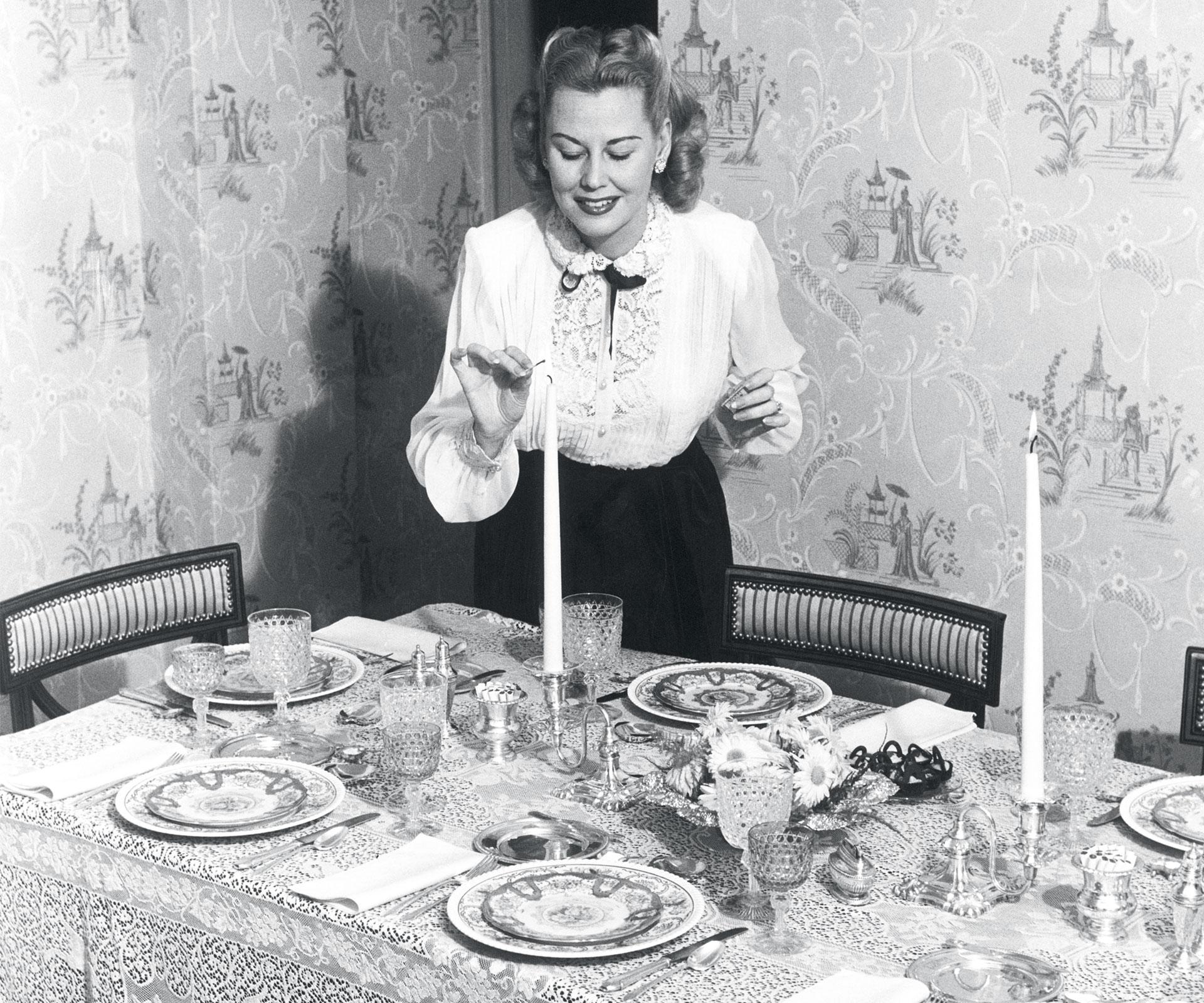It was only recently, while at an outdoor music concert, that I began to notice just how much huggier New Zealanders have become.
More specifically, how much huggier young men have become – greeting their mates by throwing their arms around each other in long-lasting clinches and with so much enthusiasm you might think a lot of people have just come back from the dead.
Evidently I haven’t been paying attention, but I understand this has been around for some years now, is known as the bro-hug, or the man-hug, and there are step-by-step guides on how to do it on the internet.
Some commentators have greeted the bro-hug as evidence that we have become a less homophobic society, that men can now display their affection for each other without worrying about mistaken sexual innuendo. And if young people started it (from what I witnessed, young, urban men who play musical instruments) and, I suppose, men who play sport, it has also caught on among middle-aged men in positions of political power who are now hugging on the world stage.
Mind you, it’s still a high-risk activity for middle-aged politicians, as was evidenced in the images posted on BuzzFeed last year, of President Obama’s goodbye hug to his departing press secretary, Jay Carney. Canonised “The Most Awkward Hug in White House History”, their ungainly embrace was ridiculed in forensic detail, with Carney’s “weird flappy hand” giving way to the president’s “raptor hand”, the press secretary kissing the President’s shoulder, and the President withdrawing with a shifty sideways look.
This is something high-profile politicians need to think about: muck up your hug and someone is going to capture it on video, freeze-frame the awkward bits and put them on the internet for everyone to laugh at.
What is it with all this hugging, anyway? In the olden days, a couple of decades ago, saying hello was pretty straightforward.
You greeted friends, acquaintances and colleagues with a handshake, and you only had to make sure your hands were dry, that you held the grasp long enough (but not too long) and firmly but not too hard.
You may have kissed aunts and grandparents, especially if you hadn’t seen them in a while, although you probably got away without doing so if you were a boy over the age of seven and had already developed an aversion to old people’s saliva.
You probably hugged your parents from time to time, and those with whom you were romantically involved. You might have hugged your friends, but only in exceptional circumstances – if their dog had died, for instance, or they were leaving town forever.
I’m not sure exactly why or when we became so demonstrative; in my own social circle, it started with a kiss, sometime in the mid to late 1990s, probably because people were travelling more and picking up Continental habits, or maybe we were all just watching a lot more French movies.
Of course, as with any change, there was some anxiety about it – whether the hello kiss should involve one kiss or two, whether you should kiss the recipient on the cheek, the lips or the air beside their ear, whether such kisses should be initiated by women, or if it was okay if a bloke stuck his cheek out first.
But a kiss is just a kiss, especially a swift, single kiss on or beside the cheek. Such a kiss has always had a certain restrained elegance to it, and was also relatively easy to master. But just as we got the hang of things, people started hugging each other, which is complicating everything.
I hug people all the time, and quite like being hugged back, but I could still do with a bit less of it, mainly because it’s so hard to get right. In the first instance, it’s never been clear if the hug is an alternative to the kiss or an adjunct to it, and if it’s an adjunct, should the kiss preclude the hug, conclude it, or be fitted in somewhere in the middle? I’ve been hedging my bets and doing both, but increasingly stepped away with the feeling I didn’t get it right, that I over-egged my greeting.
Even without the kiss, the hug is fraught with uncertainty; how long is too long, are you hugging too hard and what should you do with your hands, your torso and your groin? Should you slap the other person on the back, or squeeze their shoulders? Can you get away with one arm? Are the answers to all those questions gender-specific?
If you hug in greeting, must you really go through it all again when you leave? This can get particularly time-consuming if there’s a group of you. Also, if the hug is usually best shared among friends rather than acquaintances, what happens at the end of the social occasion involving both friends and people you’ve just met? It’s difficult to avoid displaying the hierarchy of your affections in the way you say goodbye, and it can also seem extremely rude.
But all this hugging and kissing is a relatively recent cultural development, so we’re making it up as we go along, which is resulting in a lot of awkward moments. And it isn’t exactly the kind of topic you can easily sort out, is it, even among friends? “So, you know your friendship is one of the greatest achievements of my life, but from now on, shall we stick with the hello kiss, wave our goodbyes and reserve the hug for special occasions?”
Not that I’d actually recommend getting too rule-bound about all this; the edicts of any etiquette are inherently snobbish, aimed at a specific group and therefore exclusionary, and generally just invented by people trying make a book and a buck out of telling us how to behave.
Still, a bit more consensus wouldn’t be out of order, a bit more standardisation of greeting. Just so we know where we stand when we say hello, which would preferably be a way in which we were less likely to trip up over each other’s feet.
Words by: Margo White

